Blog
Our blog provides readers an opportunity to hear from the Advance Illinois staff and partners on education policy issues affecting Illinois students and beyond.
Five Things To Know About SB3965
Illinois’ future depends on a higher education system that is adequately resourced and able to provide affordable, high-quality programs to college students from every background and corner of the state. To date, however, many institutions are dramatically underfunded, resulting in public universities having to advocate for their own funding with no transparency on the amount of funding each university receives or why they receive it. And while institutional funding often sees across-the-board increases or decreases, the current funding approach does not take into account student needs, actual costs, or institutional revenue. It is merely ensuring that all institutions receive the same percentage increase on their prior funding, further entrenching inequities rather than solving them.
The solution? SB3965, the Adequate and Equitable Funding Formula for Public Universities Act. This new bill represents the next step toward an Illinois public university funding approach that focuses both on ensuring institutions have the funding they need to support their unique missions while ensuring they have adequate funding to serve their diverse student populations and build adequacy, equity, stability, and accountability and transparency into the process. The formula centers students by considering the various factors that contribute to their success and funds institutions with those evidence-based insights in mind.
But that’s not all. Investments made through the Adequate and Equitable Funding Formula for Public Universities Act are poised to strengthen enrollment, increase completion rates, and reduce the time it takes to complete degree-obtaining programs. It is an innovative approach to postsecondary funding that will transform our system for the better. So, here are five things to know about SB3965.
1. It calculates a unique Adequacy Target for all eligible public institutions that incorporates student need. Instead of political negotiations driving distribution decisions, the formula factors in the costs needed to support individual student needs for critical academic and student support services. This ensures that students will have the programs, services, and resources they need to be successful.
2. It aims to close equity gaps. Understanding that there continues to be deep and persistent gaps among some student populations compared to their peers in the state, the formula addresses those gaps through a number of components. Adjustments throughout the formula are made in a data-driven manner that looks at the current gaps in enrollment and retention for targeted student groups and adjusts the funding needed accordingly. Through student-needs adjustments and funds for universities to provide holistic supports, the formula may help to close equity gaps in enrollment, persistence, and graduation.
3. It considers the uniqueness of our public universities. This proposed formula factors in the diverse and specific needs of different institutions through institution-level adjustments. For example, smaller institutions would get an adjustment to address the fact that they cannot take advantage of economies of scale. There are also adjustments based on the level of research each institution engages in. Additionally, universities that serve large concentrations of students who have been historically underrepresented from our university systems will receive an additional weight to support these students.
4. It embeds accountability and transparency into Illinois’ public university funding. SB3965 includes recommendations for an innovative Accountability and Transparency Framework to increase transparency from the start. Spending plans and reporting ensure that new funds are targeted towards critical academic and student support services. By creating this kind of review committee, it confirms that universities are making progress toward their goals and sees to it that new dollars are spent on resources that are shown to close equity gaps
5. It’s setting the tone for the whole country! Illinois would be the first to implement an evidence-based adequacy model that accounts for the true costs of serving the students in our state, moving away from base-plus models that perpetuate inequities and from performance-based funding models that negatively impact outcomes for students of color and students from low-income backgrounds.
Passing and funding this bill are critical and will result in an estimated $1.4 billion in additional funding over 10-15 years to ensure all universities have adequate resources, over 29,000 additional university graduates moving through the system, and more than $6.3 billion in additional state taxes paid over the lifetime of these graduates.
Racquel Fullman is the Communications Coordinator for Women Employed, a core member of the Coalition for Transforming Higher Education Funding.
The Coalition for Transforming Higher Education Funding is a group of like-minded individuals and organizations across Illinois who believe that by advancing a public university funding model that prioritizes racial and socioeconomic equity, then we will see statewide increases in higher education equity; through better-resourced institutions serving more representative student populations, more resources directed to colleges serving Black, Latinx, low-income, rural and first-generation college students, and increased investment in higher education. For more information, visit transformhigheredil.org.

